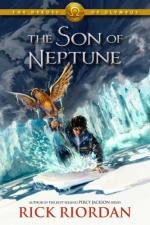|
This section contains 1,118 words (approx. 4 pages at 300 words per page) |

|
Romantic Heroes
Summary: Describes the typical romantic hero. Details how the romantic hero begins his mission by following his inner light, in order to achieve his goal and will not rest until it is achieved. References works by Longfellow and Hawthorne.
The Romantic hero, fashioned by the Romantics, is portrayed as a paradigmatic, random individual with a particular purpose. The Romantic hero begins his mission by following his inner light, in order to achieve his goal. He will not rest until it is consummated. Through two of Longfellow's works, "A Psalm of Life", and "Excelsior", Longfellow illustrates the full picture of a Romantic hero. The description that Longfellow gives is so precise, that it can cause a reader to question Hawthorne's, another Romantic's character, Young Goodman Brown, as an actual romantic hero.
In both "Excelsior" and "A Psalm of Life", Longfellow creates the two different Romantic heroes with specific inner lights. Although the two different characters have separate goals, both their jobs reject materialism and general policies. In "Excelsior", for instance, the "youth, who bore 'mid snow and ice, a banner with a strange device", is considered an outsider...
|
This section contains 1,118 words (approx. 4 pages at 300 words per page) |

|


